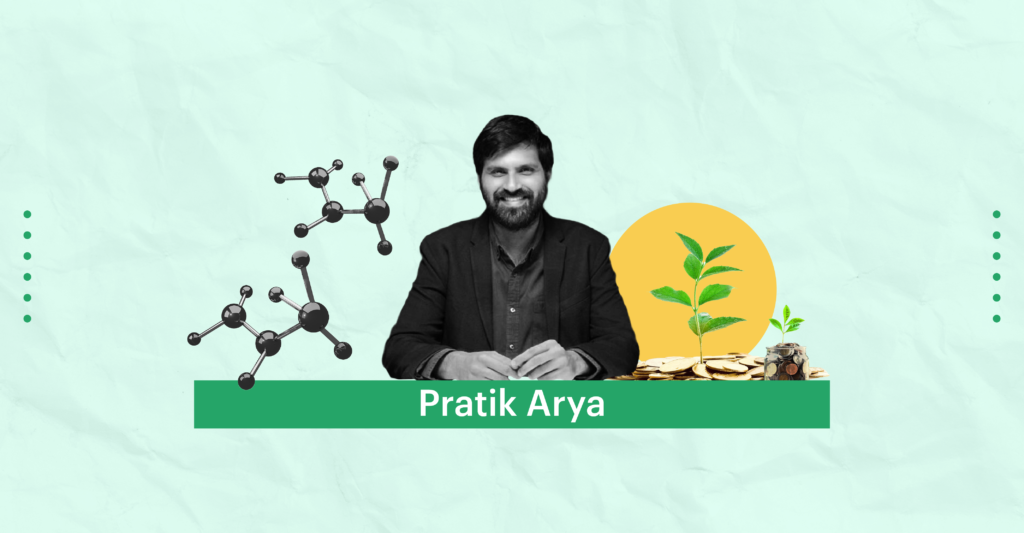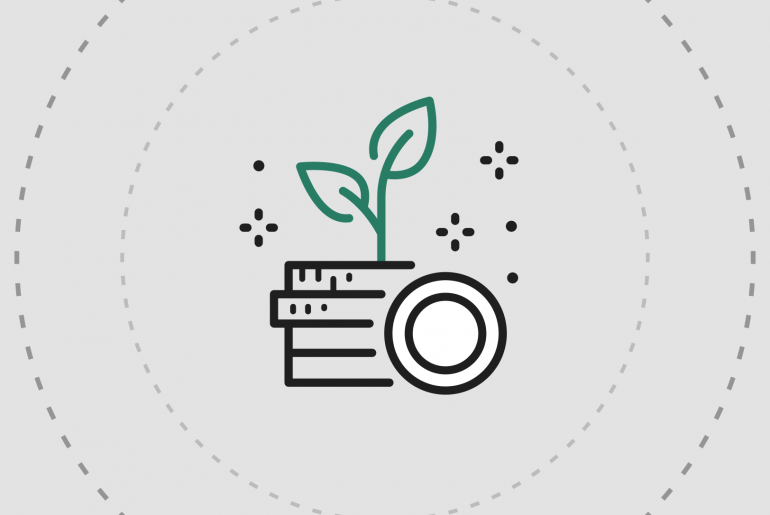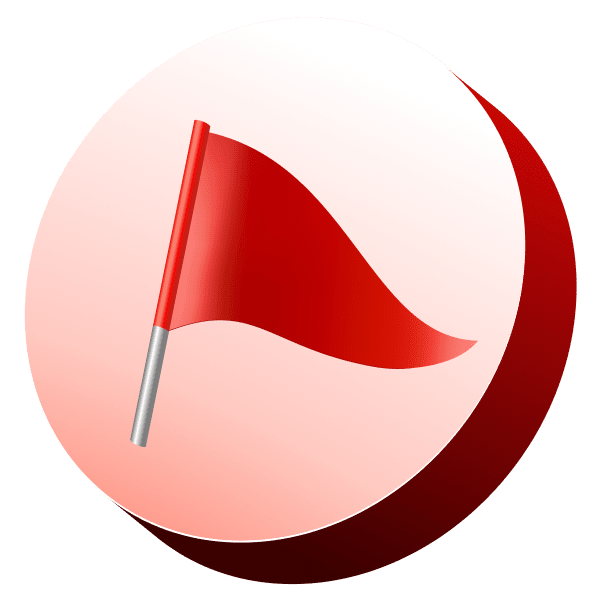Last Updated on Nov 17, 2022 by
While watching the great COSMOS series, brilliantly narrated by Neil DeGrasse Tyson, it clicked to us somewhere around the 12th episode of season 1 that there are many similarities between the planet’s evolution (i.e., science) and investing. This set of observations might help you understand what great investors and thinkers like Sir Charlie Munger globally and Sir Sanjay Bakshi in India have been explaining for decades – the importance of multidisciplinary thinking.
Here’s an article on some observations explaining the similarities between science and investing.
Table of Contents
Observation 1: It takes much longer than you think
Earth is approximately 5 bn yrs old, and the universe is ~15 bn yrs old. If we compress these 15 bn yrs (scale) into a single calendar year, i.e., from 1st January to 31st December, we humans arrived on earth approximately on the evening of 31st December, and entire species of mammals came around 25th December. As per the timeline of the universe, we are just 4 days old. Crazy right? That’s how young our species is.
In business models like evolution, business decisions take much longer to reflect in financial numbers. Hence qualitative analysis matters more than just number crunching. That’s why maybe great investors ask us to see business as an evolving movie rather than a static picture. Perhaps boiling frog syndrome also explains the same thing (hypothetically, if you keep a frog in a pan of water and slowly increase the temperature, the frog won’t be able to feel the heat and will die boiling in the water).
Observation 2: Common element between the earth, the moon, the solar system, the galaxy and the universe: GRAVITY.
Our entire ecosystem is governed by gravity. The earth controls us through gravity, the earth controls the moon through gravity, the moon controls winds and waves on earth through gravity, the earth is controlled by the sun through gravity, and the sun is governed by the gravity of the milky way galaxy.
Similarly, a few variables (respective to various industries) govern the entire cycle in the business world. For example, AMC business is all about scale and trust; cement is also about cost; CRAMS/CSM is about scale and R&D; FMCG is all about product SKUs, category innovation and distribution; banking is all about the low cost of liabilities and quality of asset book. (These are just some basic examples)
Observation 3 Facts vs narratives
It will be fascinating for you to know that in earlier times if someone disproved the beliefs of the Church (no targeting of religion, we are just quoting what was presented in the COSMOS series), they were burnt alive or banished from society.
When one of the greatest astrologers of that era, Galileo, developed a telescope to see the farthest distance in the skies, people controlling the church did everything in their hand to destroy his findings. Even when Issac Newton was selected as a fellow for Trinity College, there was a note in his so-called offer letter that he couldn’t commit a few crimes, one of them being Heresy (i.e., going against accepted faiths and beliefs). They were hiring a scientist who wanted to be a man with the church’s beliefs.
Similarly, when the markets believe a narrative to be true, the stock keeps going in one direction. It does not matter how loud you shout with a contrasting opinion, people just disregard it and label you as a fool who does not UNDERSTAND what is happening. In the end, facts and logic win, but it can take much longer than we expect.
Observation 4: What makes you sometimes kill you
It is due to carbon elements that we humans exist. In the creation of stars, humans, and universes, carbon plays one of the most crucial roles, and it is the same carbon element causing global warming/greenhouse effect, which might lead to the death of the earth.
Similarly, there are some things in business that you might do at a smaller scale that makes you dominate a field but doing the same things at a larger scale kills you.
For example, imagine a B2C business initially focusing on product development, as you need 1-2 great products to attract customers. This brings initial traction, and you grow. What if you just focus on product innovation without equally thinking of expanding the distribution scale? You will end up burning money in R&D with good products to sell but not having enough scale and ROEs (Return on Equity) to continue product development, ultimately killing you.
Observation 5: Weather vs climate
A brilliant insight that we learned in COSMOS was that weather and climate are different things. Weather is a short-term/daily/seasonal phenomenon which gets affected by even the smallest factor; hence it is difficult to predict, whereas climate is a long-term phenomenon.
For example, greenhouse heating the earth is a climatic issue. If we look at the global temperatures not year-on-year, but over decades, we will see that the earth is heating up and ice on glaciers is melting. But it may be possible that the recent winters were even colder than earlier years, confusing you about whether global warming is true.
Similar events happen in the business world, where investors confuse short-term effects with the long-term performance of the business. Rather than focusing on long-term business drivers like market share, product innovations, gross margins, ROICs (Return on Invested Capital), management execution etc., we get affected by the noise of short-term events.
Observation 6: If you don’t know, that does not mean it’s not important
It was intriguing to understand why ice melting is such a huge problem. Water absorbs heat, and ice reflects it. So, ice glaciers need to be intact; otherwise, the earth will absorb all the heat being poured by the sun (infrared lights) on our planet and will heat it even more.
Similarly, in the world of investing, an investor needs to talk to people involved in the actual value chain of the business (suppliers, buyers, employees etc.). You may often miss some crucial business activities, but remember that not every minute detail gets reflected in the financial numbers quickly.
Observation 7: Pattern recognition, a man with hammer syndrome and invert, always invert
Our ancestors used to read the pattern in stars and link it with weather changes. We humans have seen patterns since our evolution. It’s due to this fact that our very early ancestors used to link the citing of comets with a bad signal sent by God. This often resulted in our ancestor connecting patterns where there was none.
The same problem happens to us in the world of business analysis. For example, suppose we observe all the successful businesses around the globe. In that case, a good percentage of those businesses will turn out to have high net profit margins, and we may take this as a pattern that high margins businesses are good. A few days ago, we read a tweet by Congruence Advisors that a 25% EBITDA margin business may die much younger while an 11% EBITDA margin business may last ages. It’s important to not observe everything with the same lens (man with hammer syndrome) and always find exceptions to your thesis (invert, always invert).
Observation 8: Survival of the fittest
Do you know dogs were created by evolution? It was crazy to know that dogs are an outcome of evolution through wolves. In our ancestors’ era, the wolves who used to attack humans to get food were killed by humans. Then some wolves analysed it’s easier to get food from humans by being their friends, and they started acting calm when nearer to humans. That DNA that over 1000s of years got passed from one generation of wolves through another, leading to calmer lovely pet animals called dogs. It was their instinct to survive that converted them into something we love to share our home with.
Similarly, if you don’t survive and evolve with changing industry dynamics and competitive intensity in the world of business, you might die. Quoting one of our most awesome CEOs Jeff Bezos – “Change is the only constant.”
Observation 9: Proof by contradiction
Scientists have been arguing that the heating up of the earth is a result of all the CO2 we have been releasing into the air since the industrial revolution. Still, people are arguing it may be due to increased radiation from the sun etc. To prove humans create global warming, scientists had to prove all other answers wrong.
For example, they measured the heat and radiation coming out of the sun and proved that this has not increased in the past 20-30 yrs. When no other option was left as a cause of global warming, it was proved that CO2 being released by us through burning fossil fuels like oil, gas, and coal was the main cause of the greenhouse effect/global warming.
Similarly, in the business world, sometimes we cannot narrow down to the exact cause of a change happening in a company’s financial numbers. It’s a great approach to start eliminating the reasons and focus on the most probable causes that remain in the end. The closest case study we have witnessed resembling this approach is the work done by Amit Mantri and Savi Jain of 2point2 Capital, discovering fraud by Manpasand Beverages and Vankrangee.
Observation 10: Unknown unknowns
Even after years of research, scientists don’t know what lies after a black hole, and maybe it leads to other universes, how many exact universes there are, how the first atom came into existence etc.,
Similarly, some unknown unknowns can’t be predicted or known in the business and investing world until you face them. That’s why it’s always better to price in margin of safety in the valuations you pay for a business. You don’t know what unknown negative event might strike that may ruin the dynamics of the business.
Observation 11: Speed of light and stars
The light of stars that we see at night left the stars a few years ago, and it reaches earth that late. What we see today actually originated a few years ago.
Similarly, in the business world, the strength of the business that we see today is an output of years of management execution, and the performance seen in the financial numbers years later is an outcome of the decision taken by management today/quarter-on-quarter/year-on-year.
Observation 12: All great things come to an end
Even our sun will die ~5 bn yrs from now.
Similarly, in the business world, economics, profits and growth rates die. We should stop assigning astronomical valuation multiples TODAY in expectation of future growth, and we should stop assuming the current fast-growing business will keep growing forever at such a brisk pace.
- Science and Investing – Are There Any Similarities? - Nov 17, 2022
- Does Business Cycle Affect Valuations? - Nov 1, 2022
- Why Growth Stocks Are Falling Maximum in a Rising Rate Environment? - Oct 13, 2022





